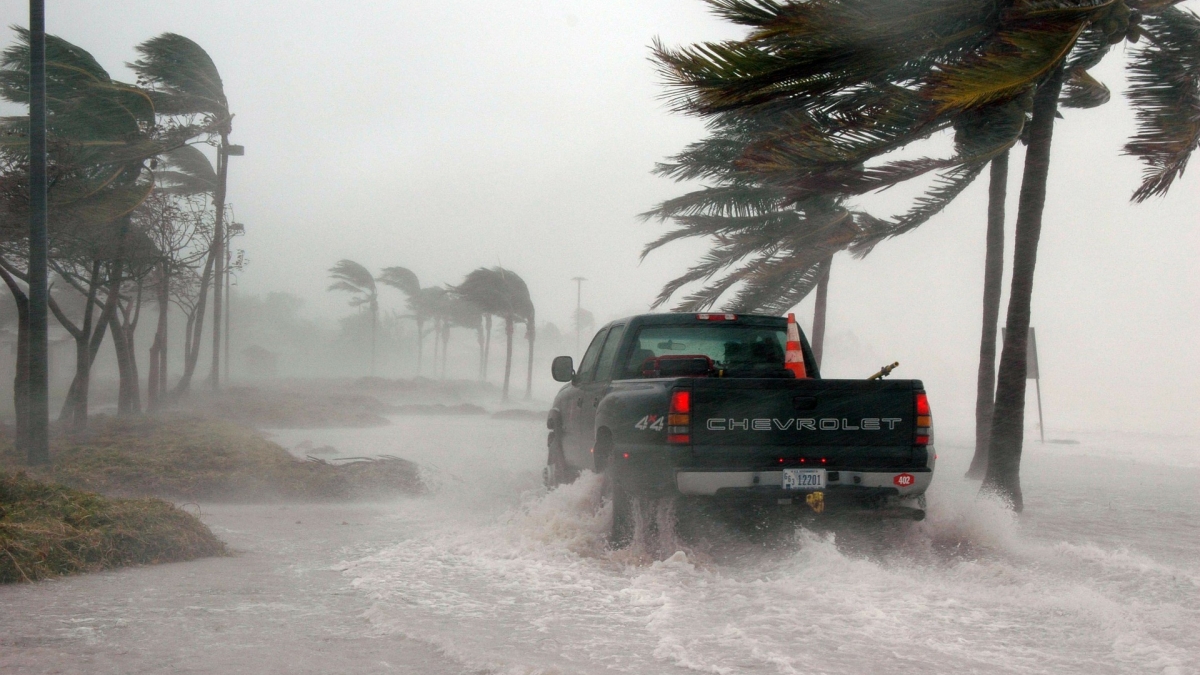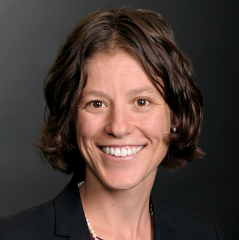The effects of climate change are so complex that putting a price tag on any part of it is difficult. But an Arizona State University professor has created an economic model to weigh the cost of one aspect — damage from severe storms.
Stephie Fried, an assistant professor in the W. P. Carey School of Business, is an expert in environmental economics, which examines the financial impact of environmental policies.
“The idea is to think about how we care for the environment in terms of tradeoffs,” she said.
“I drive my car to work and I get that benefit, but I also cause costs that I don’t directly pay for, in terms of polluting the environment.”
Environmental economists considers questions such as, “What is the optimal amount of pollution?” And, “How do you manage a resource over time?”
“This could apply to a resource with a finite supply like oil or coal or renewable resources like a forest or a fishery," she said. "How much do we use of that resource and how do we replenish it?”
Many economists have debated the best way to create a carbon-tax policy, she said.
“But not as much work has been done on how we adapt and how that affects cost. One goal of this is to do that,” she said of her most recent research paper, “Seawalls and Stilts: A Quantitative Macro Study of Climate Adaptation,” published recently by the Society for Economic Dynamics.
Stephie Fried, an assistant professor in the W. P. Carey School of Business, specializes in environmental economics.
One way for countries to deal with climate change is by alleviating the effects, either by paying for adaptions, such as seawalls to block rising oceans, or by giving out disaster relief money after the damage has already occurred.
“There are investments I can make so that I don’t experience as much damage when a hurricane comes through,” Fried said. “It can be something as simple as more drainage, or putting a house on stilts so that it doesn’t get flooded, or wind reinforcements.”
Fried looked at how the two federal policies — paying to prevent damage and paying to repair damage — can be contradictory. If homeowners know that they’ll get disaster aid if their homes are damaged, there’s less incentive for them to invest money in adaptations ahead of time on things like storm shutters.
To help balance that contradiction, FEMA disaster policy includes funding for adaptation investment in addition to money for disaster relief. Fried wanted to quantify how much that investment in prevention actually reduced the cost of damage from a storm. She looked at geographic regions that are mostly likely to experience storm-related extreme weather such as tropical cyclones, blizzards, tornadoes and heavy rain or snow storms.
She discovered that high-risk areas, with more severe weather events, spend about 1.5% of all capital money on preventing damage. Nationwide, that amounts to about $400 billion.
And it works. That investment reduces the damage per event by over 40%. Aggregating that nationwide means that the U.S. avoids more than $74 billion in damage because of adaptation.
But what about the contradictory policy of prevention vs. aid? The model found that the lack of incentive to prepare actually does increase the damage from storms in high-risk areas. The paper calls that “moral damage,” but she finds that the benefits of adaptation more than make up for it.
“What I find is the net effect of those two policies — subsidies and the aid for disaster relief reducing investment in adaption — almost perfectly offset,” she said.
“The subsidies are a bit stronger than the disaster aid, and the net effect is to increase adaptation.”
Fried used data from FEMA to create her model, which focuses on adapting infrastructure to withstand climate change. In her ongoing research, she’s looking at the effects of federal policy on migration as another way to adapt to the changing world.
Top image by Pixabay
More Environment and sustainability

Driving green desalination
Wilderness survival TV show hosts, pirates and water treatment researchers agree on one thing: Most natural water sources are not safe for drinking. Among the many potential risks is the high salt…

ASU preservation facility serves as test bed for rooftop heat mitigation
A roof coating that uses thermal energy storage materials from Arizona State University spinout EnKoat is halting the heat in several ASU buildings — including a section of the university’s largest…

ASU Carbon Summit displays sustainability leadership, collaboration and ... electric motorcycles
This month, a student-led initiative brought government officials, entrepreneurs and nongovernmental organizations under one roof to discuss sustainable carbon solutions. The annual Carbon…

